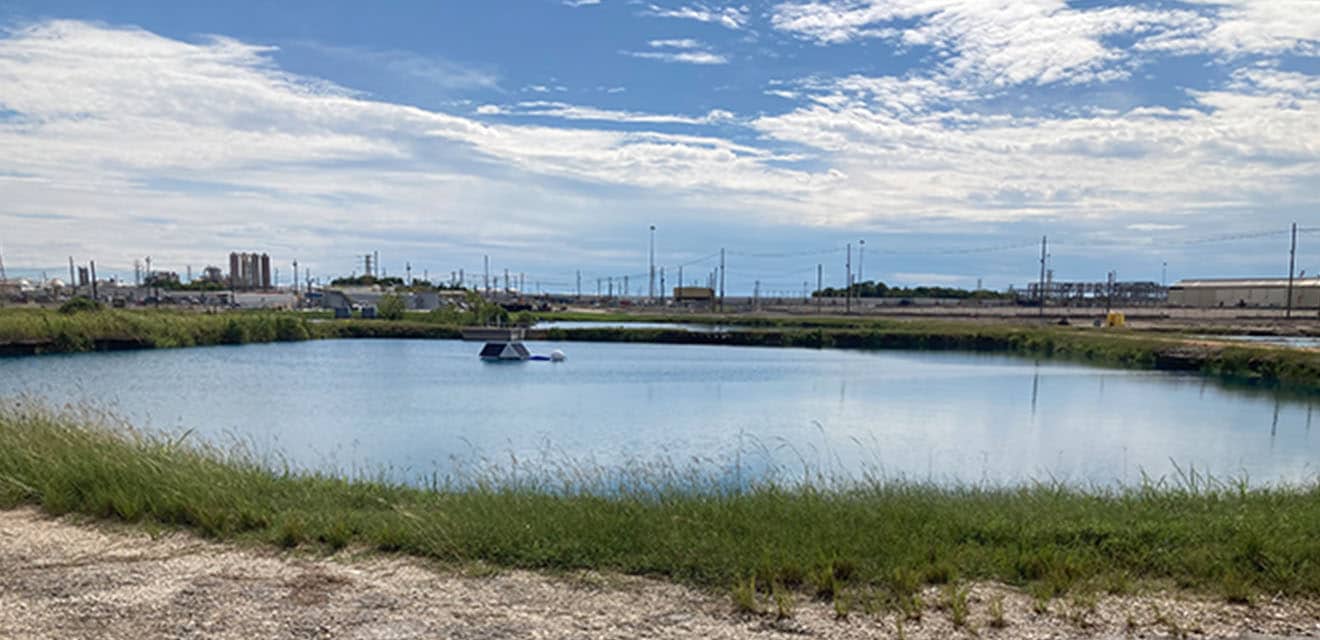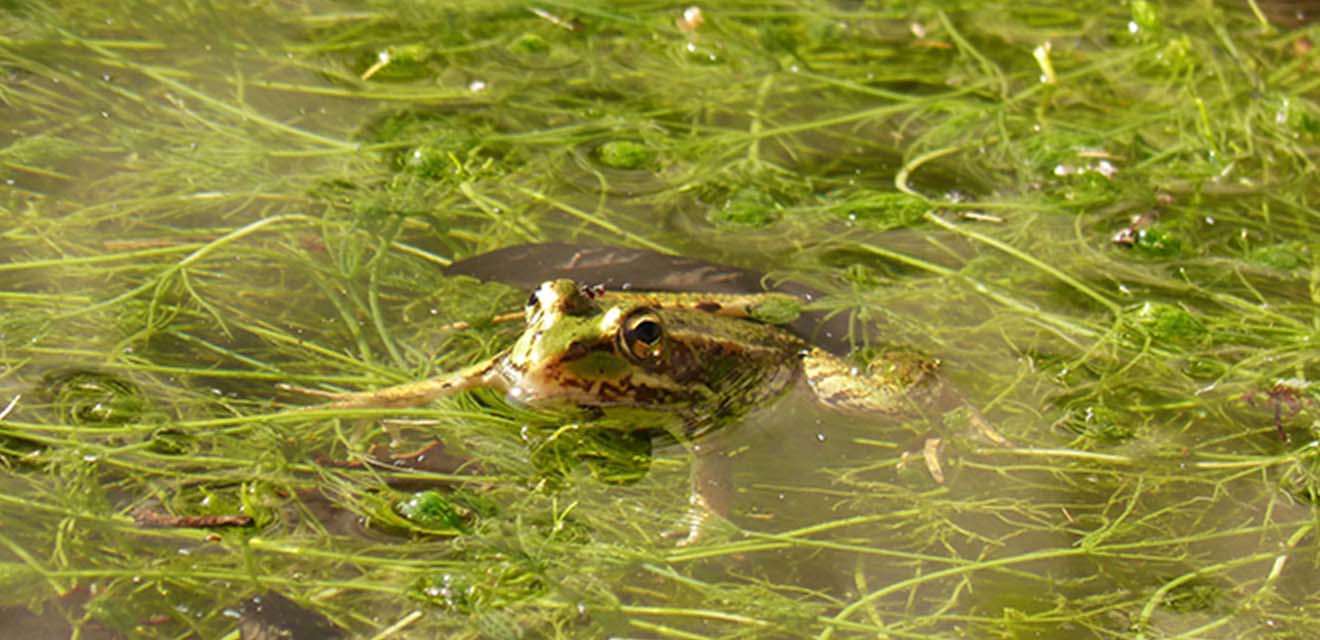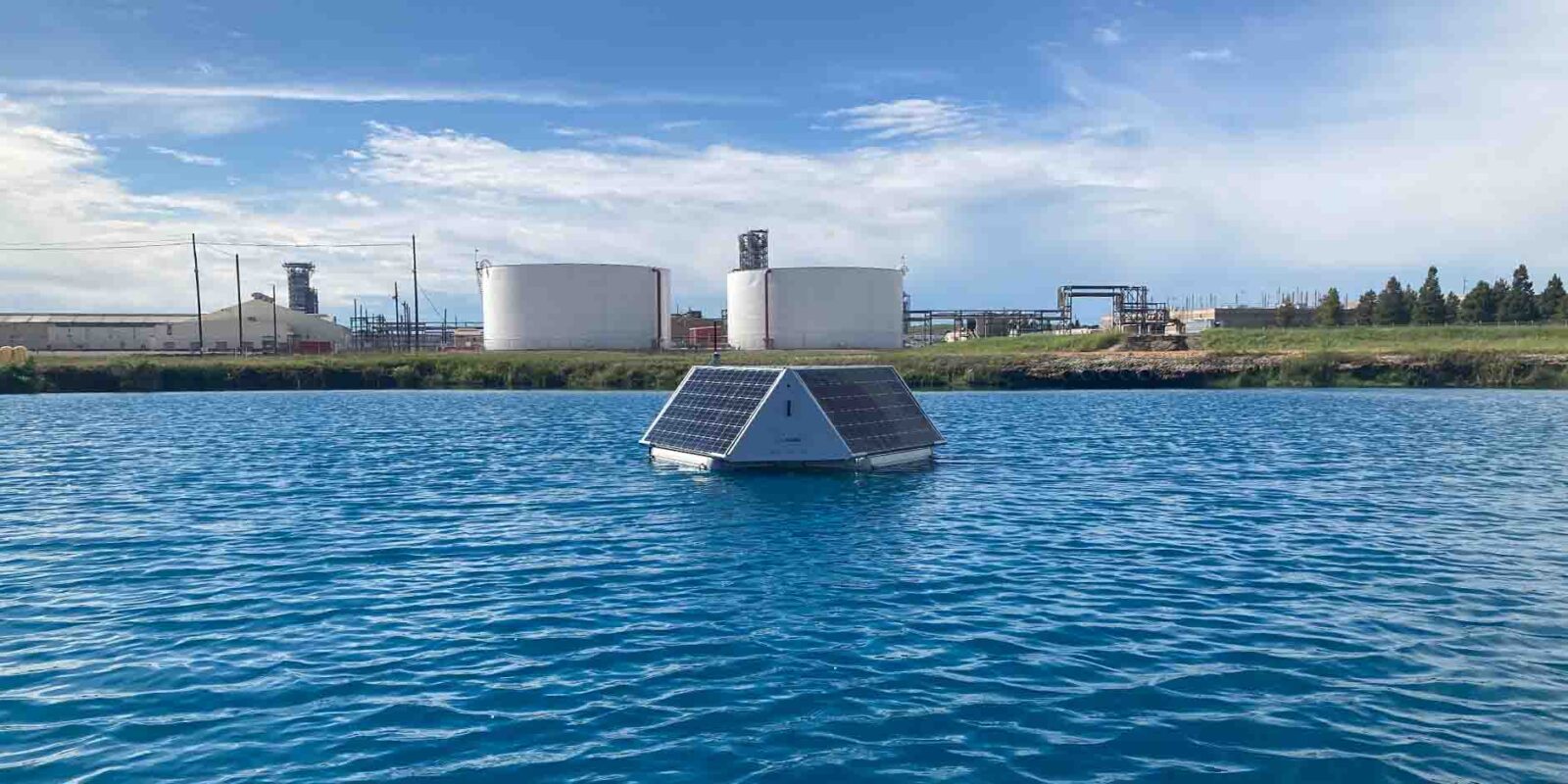Our most recent MPC-Buoy project has started in Littlefield, with the aim of reducing toxic algae in Texas and improving water quality.
Last week, we saw the start of a new effort to rescue some of the contaminated waters. The project consists of deploying ultrasonic technologies that directly affect the growth of algae, stopping them from forming harmful blooms.
Another MPC-Buoy project is already controlling algae growth in Houston, Pasadena, yet the issues facing the lone star state – Texas – have been developing over a number of years. Texas is a state heavily impacted by droughts, which contributes to the proliferation of harmful algae.
Texas is the second most populous state in the US, larger than any country in Europe. Millions of people rely on clean and safe (drinking) water.

HABs – a growing concern
Houston and Littlefield are not the only cities affected by the HABs. And toxic algae don’t only appear in Texas.
Back in 2019, toxic blue-green algae was reported in Austin, claiming the lives of at least five dogs that came into contact with the green waters. Since then, it has been a problem in lakes and creeks around the region. In September 2021, the Centers for Disease and Control (CDC) warned about the health risks on humans. Environmental organizations in Texas have started to push authorities to control the reduction of water pollution in the state. Ilan Levin, director of the Environmental Integrity Project, stated that, “Over the years, Texas has given a green light to a huge amount of contamination of our waterways by allowing developers and other polluters to short-cut the legally required permit review process that is meant to safeguard our rivers and streams.”
More concerningly, at the end of September, a new toxin was discovered – Cylindrospermopsin. This has the potential to cause side effects in humans and animals. Health experts advised people to avoid contact with waters in which algae are present.

Increased blooms all over the US
HABs has increased significantly in the past 40 years in the US and have become a severe environmental problem in all 50 states. They are an emerging global challenge, affecting fresh, brackish, and salt waters. These harmful blooms are set to occur more often, as climate-change-driven droughts and warming are becoming more severe.
Algae blooms come in lots of shapes and forms. They can turn waters green, brown, yellow, red, or even pink. They can grow naturally or encouraged by human activities. Most freshwater algal blooms in the US are produced by cyanobacteria, also known as blue-green algae. Although they’re in fact bacteria, they can perform photosynthesis, just like algae.
Nutrient pollution
Nutrient pollution (nitrogen and phosphorus), warm temperatures, and stagnant water: these factors, combined, fuel the proliferation of HABs. Although not all blooms are toxic, under the right conditions, they can become dangerous to people, pets, and the aquatic ecosystem. Even if nutrient inflow stops today, legacy nutrients in the sediment will cause algal blooms for decades to come.
